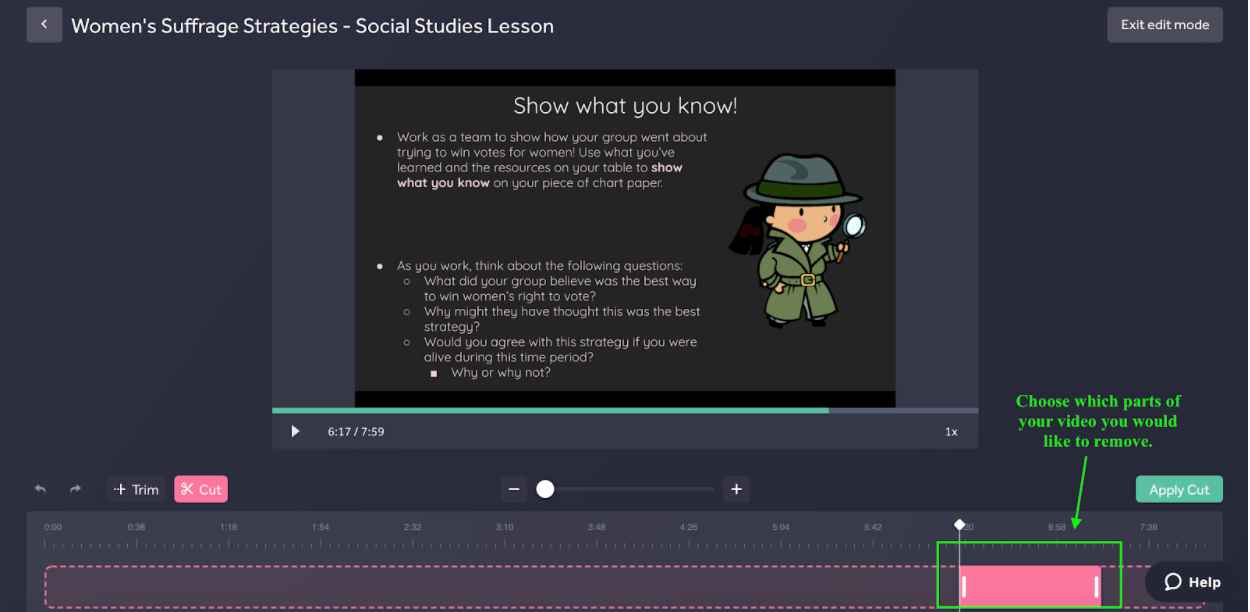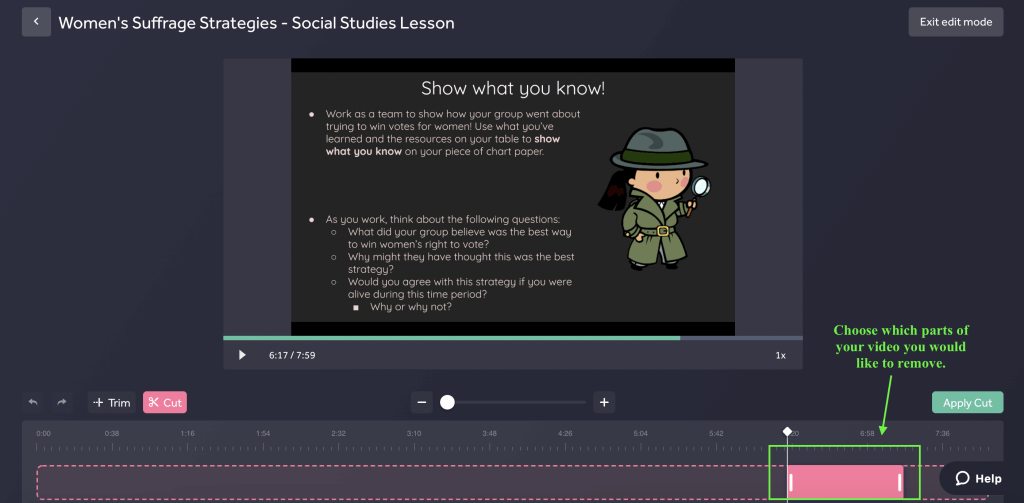
This blog is focused on the use of Swivl Teams. Teams is now Reflectivity – learn why we changed our name →
Teachers should be empowered to face the challenges they experience in their own classrooms. As a fourth grade teacher, I met with my instructional coach just once per quarter. It was frequent enough for administration to check the box indicating that I got coaching, but remained mostly an empty exercise. It was not uncommon for me to have a question or a challenge I was stuck on, but not get any feedback or real help until I had moved on or struggled through it myself. It’s obvious now that I already knew my weaknesses; I didn’t need a coach to always point them out. What I did need was access to tools that would make it easier for me to show my coach exactly what I was questioning in my teaching.
The barriers of time and lack of coaching resources cause teachers to push their questions aside every day and work around them, which does not lead to elevated performance. With video coaching, simple editing and playback tools make it easier for teachers to maintain ownership of their problems and goals, and make it easier for coaches to do their jobs.
Traditional video coaching vs targeting challenges
Traditional video coaching is based on reviewing video from an entire lesson and the only way to support the time required for this format is to reduce the frequency you meet with coaches. But in between the occasional coaching sessions, teachers are waiting to receive feedback, are not being supported or growing in their practice, and ultimately miss out on improving student outcomes in the classroom. Instead, what if the goal were to empower teachers to pinpoint their challenges and ask for what they need?
If a teacher could record their lesson in the morning and share it with their coach by lunchtime, they could realistically receive feedback as soon as the next day. The shorter and more engaging the video shared, the more opportunity there is for teachers to use meaningful and relevant feedback to make real-time changes.
What if the goal were to empower teachers to pinpoint their challenges and ask for what they need?
Though great general purpose tools, commonly-used video editing programs could not have helped me quickly reach the result of short and shareable recorded lessons.
However, the editing tools available within the Swivl Teams platform are specific for teachers and provide a seamless way to integrate coaching sessions into busy school days.
How it works with Swivl
When a teacher records and uploads a lesson to their Swivl account, they can choose specific video editing tools – Trim and Cut. Together, these allow you to easily remove unneeded parts from the beginning and ends of the video while also removing sections from the middle that aren’t relevant. Now, the video is more engaging since it’s focused on only the most important segments. And more importantly, the teacher has chosen what they want to work on for this session.

Now, some coaches prefer to keep the whole video intact for reference – and that’s okay. Swivl has built-in playback tools that have a similar effect as editing. In this case, I recommend using bookmarks and time-stamped comments to highlight specific moments of recorded lessons. If I shared a recording of a lesson that was thirty minutes long, for example, it would be extremely useful for me to be able to bookmark exactly which points of the lesson I felt needed work or indicated a challenge I have. My coach would simply be able to revisit parts of the lesson that I indicated, while maintaining the integrity of the whole video.
Communication builds trust
Had I had access to this kind of collaboration with my instructional coach when I was teaching, I would have felt more supported and confident in my teaching practice. Communicating with a coach through bookmarks and time-stamped comments would provide for faster feedback, and therefore a more supportive professional learning environment.
There still exists the common mentality of “checking a box” to complete an observation or coaching session, and Swivl is working to make this a thing of the past. Ultimately, great coaching is built on relationships, and transactional approaches will not produce effective teachers.
Had I had access to this kind of collaboration with my instructional coach when I was teaching, I would have felt more supported and confident in my teaching practice.
A journalist’s writing goes through multiple revisions before it is published, a football coach meets to watch film with his players after every practice, and the conductor of a symphony orchestra makes adjustments to the music’s tempo in real time. Without thoughtful feedback, and ownership of their challenges, the journalist’s writing becomes outdated, the football team will not be prepared for success, and the conductor is unable to create a unified work of art. So why shouldn’t teachers also be given time and agency?
Trust that if all educators are given the tools to form stronger relationships, teachers will have the courage to admit their struggles, and feel confident in their ability to excel.